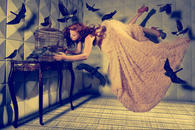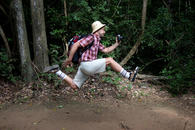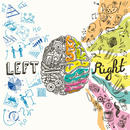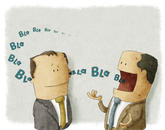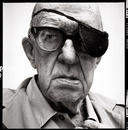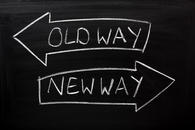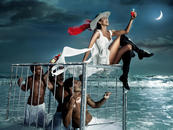Blissful ignorance
Recently, I read about Piero Formica’s, one of the greatest economic scholars of in the world, eccentric vision of ignorance. To tell the truth, I have always thought that large doses of ignorance could be beneficial, especially in a practical sense. However up until now I never really thought about the relationship between ignorance, generally considered as something negative, and creativity and innovation, considered positive concepts, at least nowadays (even though this has not always been the case).
Formica distinguishes con concretely between two different trends in innovation: the first consists of those who try, and maybe find, the best solutions in the jungle of existence, which are part of the "already known" and can only be improve upon; while the second trend is based on emerging from the jungle to explore new worlds. Apart from the evocative images, Formica hasn’t discovered anything new. He has simply underlined this difference. But Formica’s analysis goes further. He also addresses the approach that a creative individual, or someone who inspires to be creative must adopt. He celebrates the ignorance of those who "travel light" without the conceptual baggage of what already exist and can therefore indulge in "lateral thinking," which is the basis of creativity, and therefore innovation. The portrait of a fool, more or less.
In another one of my “snapshots”, I tried to clarify how the creative process always starts with the spasmodic accumulation data regarding a problem; accumulation that generates knowledge (but not creativity) and that takes place in the left hemisphere of our brain. I also described how creativity itself is a residual product of this accumulation of information, which is held in the right hemisphere, and that often catches us by surprise. This process can be characterized as heavy (based on the accumulation of information of the existing) rather than light (dissolution of the information that causes us to look at things directly under our noses in a brand new way). It’s as if knowledge was a cage that we have to build in order to ignore it cheerfully.
But I believe that as a part of the creative process, especially certain creative processes, we can’t forget another subtle, yet complex component: the myth. The explorer of worlds, the creative spirit, is easily bored by what he already knows. Therefore he’s attracted by his own incompetence and suffers from an incessant need to learn. He’s not afraid of his ignorance because he exploits it. He has arrived at a kind of knowledge that could almost be described as "feeling" or inspiration, something well beyond simple knowledge. It’s as if by insisting on one thing (a concept, a system...) he’s able to ignore or dissolve it’s poetry, depriving it of its symbolic value, or therefore of the myth. Castrating the imagination in order to move to the next level, which is what is asked of a creative person.
I believe that Formica surprised me because he used a word, ignorance, that I have a hard time using with nonchalance, especially with regards to myself. Certainly a brush up course on the attributes needed to explore one’s limits in relation to the precarious nature of reality never hurts. I wish I could remember more of this precarious background that underpins innovation, which is an insecurity that is like a game, a challenge to find more courage, or more lightness, when maybe to be a little bit more original actually requires ignoring the obstacles, specifically the judgment of others.
03/03/2015 Filippo Maglione


